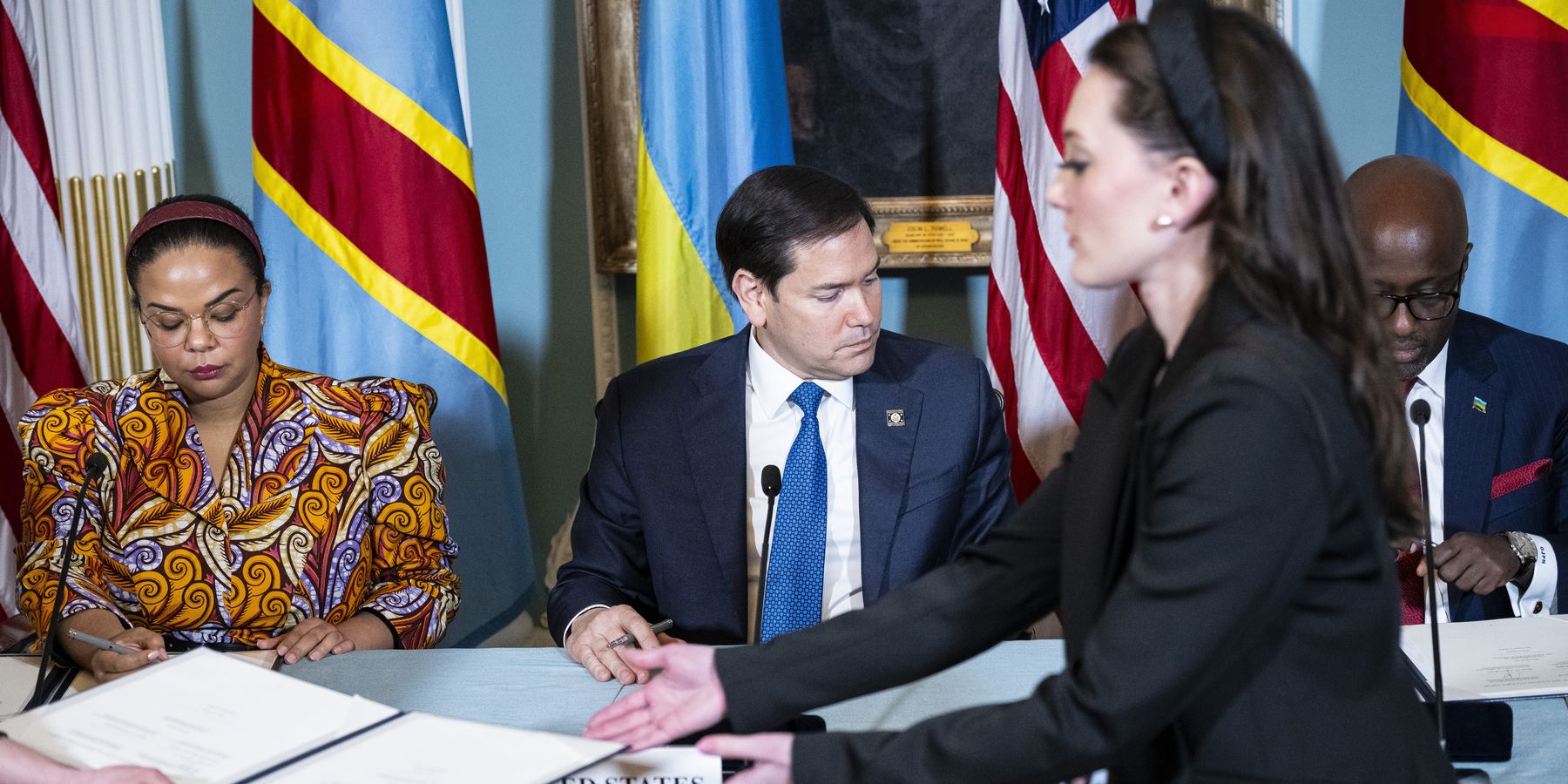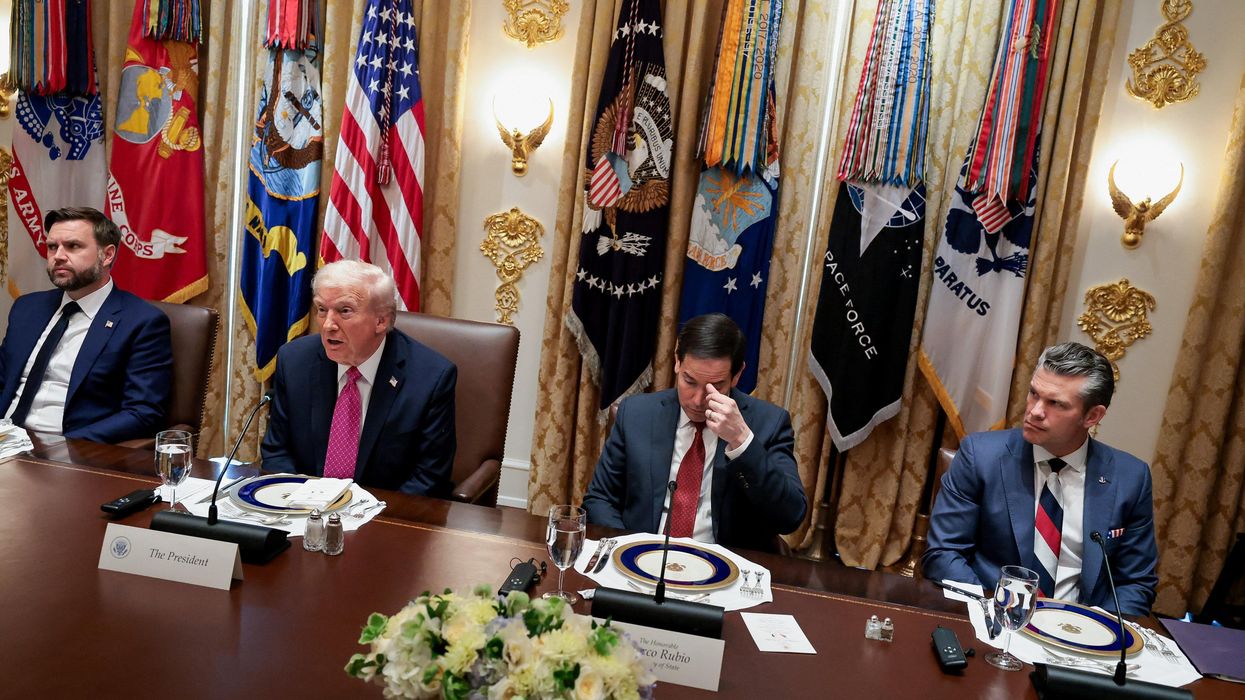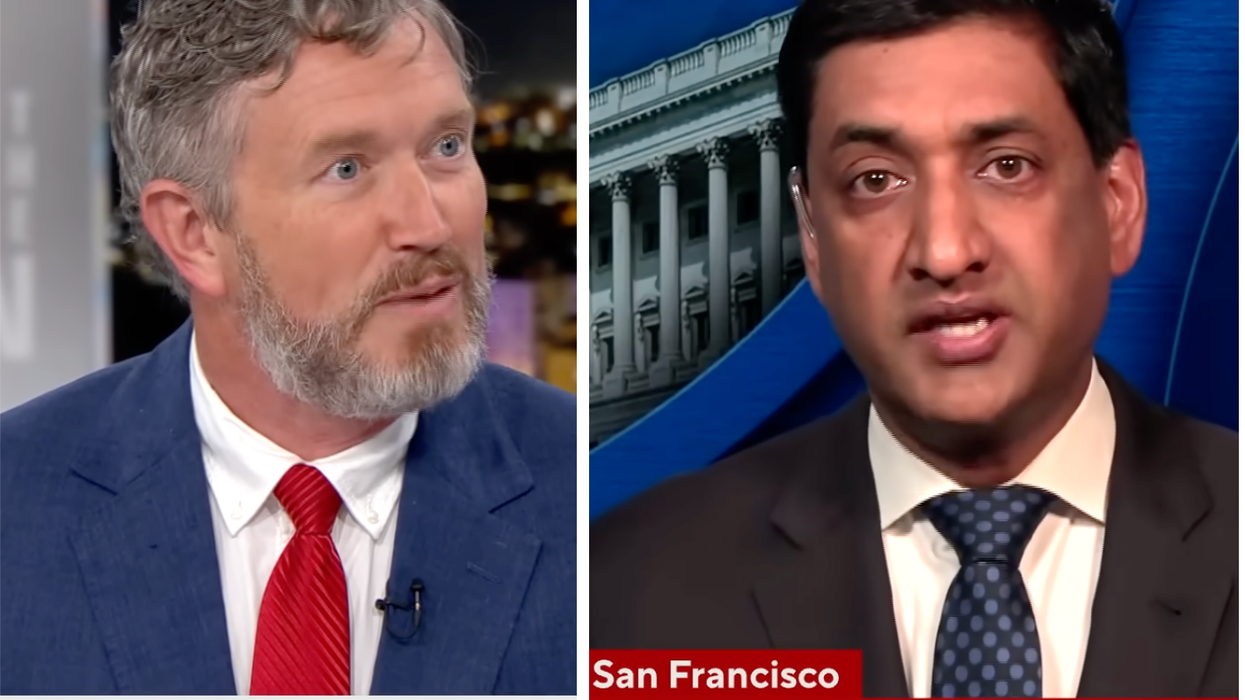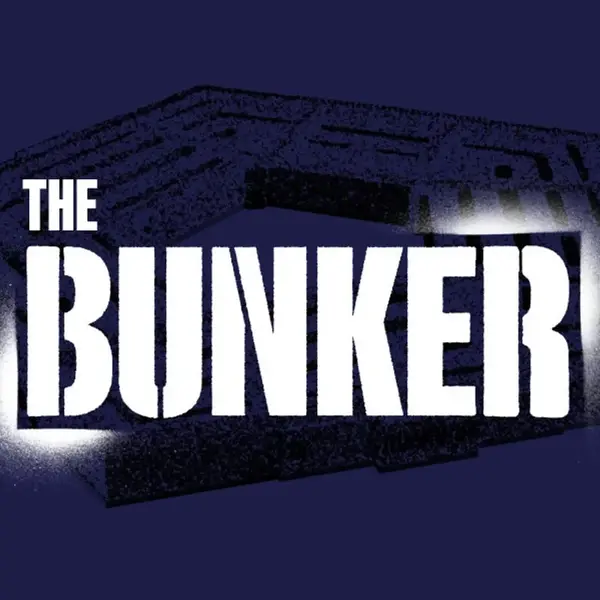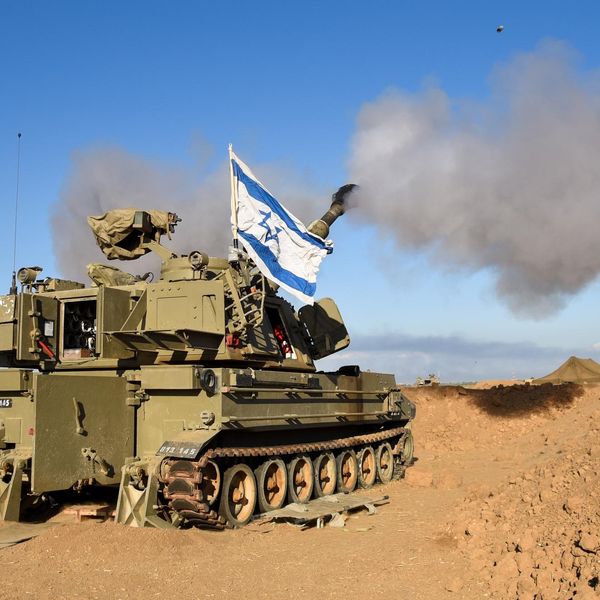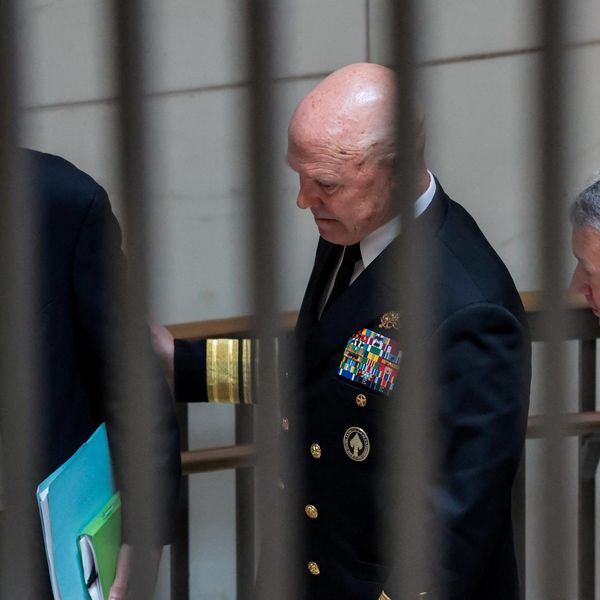There may be a light at the end of the tunnel as representatives from the Democratic Republic of Congo (DRC) and Rwanda are hoping to end the violence between them by signing a peace deal in a joint signing ceremony in Washington today.
This comes after the United States and Qatar have been working for months to mediate an end to the conflict roiling the eastern DRC for years.
As a corollary to the peace accord, the United States is also in the process of negotiating a minerals deal with the DRC and a separate deal with Rwanda, which is expected to bring billions of dollars of American investment to the region. For the U.S. government, access to precious minerals in the region has been an incentive for helping to end the war.
Many of the minerals essential to modern technology flow from the troubled region. In the DRC, vast deposits of coltan, cobalt, and gold that power smartphones and electric vehicles, among other technologies, have become a driver of the decades-long conflict. This resource-driven struggle has transformed the eastern DRC's extraordinary mineral wealth into a source of persistent violence and instability.
The strategic importance of these resources has placed the Congo at the center of U.S. geopolitical calculations in Africa. Washington has increasingly recognized that securing reliable supply chains for these materials represents a national security imperative.
The DRC holds 60% of global coltan reserves. It is also the world's largest producer of cobalt, amounting to approximately 70 percent of the world’s production in 2024.
Coltan and cobalt form the backbone of the global digital economy and clean energy infrastructure. For example, cobalt extracted from Congolese mines powers the rechargeable batteries in smartphones, laptops, and electric vehicles. Meanwhile, Congolese copper is critical to the electrification of energy and transport. These minerals can be found in everything from electrical vehicle batteries to solar panels and wind turbines.
Beyond cobalt and copper, the country's coltan deposits provide tantalum, a metal crucial for manufacturing capacitors used in virtually every electronic device. The DRC also possesses significant reserves of other rare earth elements that support technology manufacturing and are of major interest to the United States.
Currently, the DRC mining sector is largely dominated by Chinese companies, particularly in the production of cobalt. Chinese state-owned enterprises and policy banks control approximately 80% of the total output from cobalt mines. China’s increasing ownership reflects broader investment strategies across the continent, where various joint ventures and infrastructure deals by Chinese companies are now a common occurrence.
Complicating this landscape further, Rwanda has gained significant influence over mineral extraction in eastern Congo through its backing of the M23 rebel group that’s fighting the DRC’s army. The M23 has monopolized the export of coltan to Rwanda, which is then sold on the international market. It is estimated that rebels in eastern DRC fraudulently exported at least 150 metric tons of coltan to Rwanda last year, representing what UN experts described as the largest contamination of the region's mineral supply chain.
The United States has pursued its interest in establishing supply chain resilience and ensuring American access to these critical minerals. In fact, the U.S. has pledged about $4 billion to the Lobito Corridor project, an infrastructure initiative linking Angola's Atlantic coast to the DRC through Zambia.
Even before the reemergence of M23 as a serious security threat, financial challenges and short-sightedness led several leading American mining companies to decrease their footprint in the Congo. For example, following poor investment decisions in the oil industry, Arizona-based Freeport-McMoRan, one of the largest American mining companies, sold its stake in the Congolese mine Tenke in 2016 to Molybdenum, a Chinese mining company.
Despite being aware of the importance of the region's critical minerals, successive U.S. administrations have largely failed to provide sufficient incentives to encourage American mining companies to stay active in the region.
By working to end the conflict, the Trump administration is seeking to reverse this trend. Ending the war would remove one of the biggest disincentives to investing in the region, opening the door to greater American private sector investment in central Africa.
Among the companies poised to take advantage of sustained peace in the region is KoBold Metals, which uses artificial intelligence to explore new mining sites. KoBold recently announced that it will expand its operations into the DRC. And just last month, it was reported that KoBold had reached a tentative agreement to buy the stake of an Australian mining company in a Congolese lithium deposit.
KoBold’s interest in the Congo is significant because major investors in KoBold have contributed to Trump’s political efforts. Marc Andreessen, whose firm holds the largest stake in KoBold Metals and who has worked with Trump’s Department of Government Efficiency (DOGE), as well as another KoBold financier, Ben Horowitz, each donated $2.5 million to a Trump-supporting Super PAC during the last presidential election.
Other wealthy and influential backers of KoBold — Meta’s Mark Zuckerberg, Amazon’s Jeff Bezos, OpenAI’s Sam Altman, and Microsoft’s Bill Gates — each contributed $1 million to Trump’s inauguration.
Beyond supporting the business dealings of those who contributed to his campaign and inauguration, augmenting a peace deal with mineral agreements also provides Trump the opportunity to promote key American industries that rely heavily on critical minerals whose deposits are found in great quantities across central Africa.
An effective peace deal and subsequent mineral deals would also allow Washington to respond to Beijing’s growing global economic footprint without risking a direct military escalation between the two in central Africa; instead, using economic competition with China to deliver beneficial results for Africans and Americans.
Realizing this, Trump’s team has already played a hands-on role in trying to maintain American mining presence in the region. In March, when the M23 rebel group was bearing down on the Bisie tin mine, which produces approximately 6% of the global tin supply and is operated by a partially US-owned company, Alphamin, the U.S. government reportedly stepped in to negotiate a deal, allowing Alphamin to continue operations without fear of an attack.
Still, though, this intervention was not enough to retain the American stake in one of the world’s largest tin mines. In early June, Alphamin reportedly agreed to sell its U.S. stake to an Emirati firm.
Trump’s team hopes greater access to Congolese mines will accelerate American-based manufacturing of certain technologies, such as lithium-ion batteries and semiconductors. Trump has argued that onshoring the manufacturing of these technologies is both a national security imperative and economically advantageous to the country, creating jobs for many of the Americans who voted for him in part because they believed he would deliver them from financial strain.
But before all of these economic opportunities and benefits can happen, the war must end. Today’s signing ceremony will be the first step.
- M23 & Rwanda are trying to redraw the map and it's all about to blow ›
- Did Trump admin just bring DRC and Rwanda closer to peace? ›
- On a roll: Trump to host 5 African leaders this week | Responsible Statecraft ›
- US companies rush into Congo before ink is dry on peace deal | Responsible Statecraft ›
- Trump's surprising swing in favor of sweeping 'duty free' Africa trade | Responsible Statecraft ›

